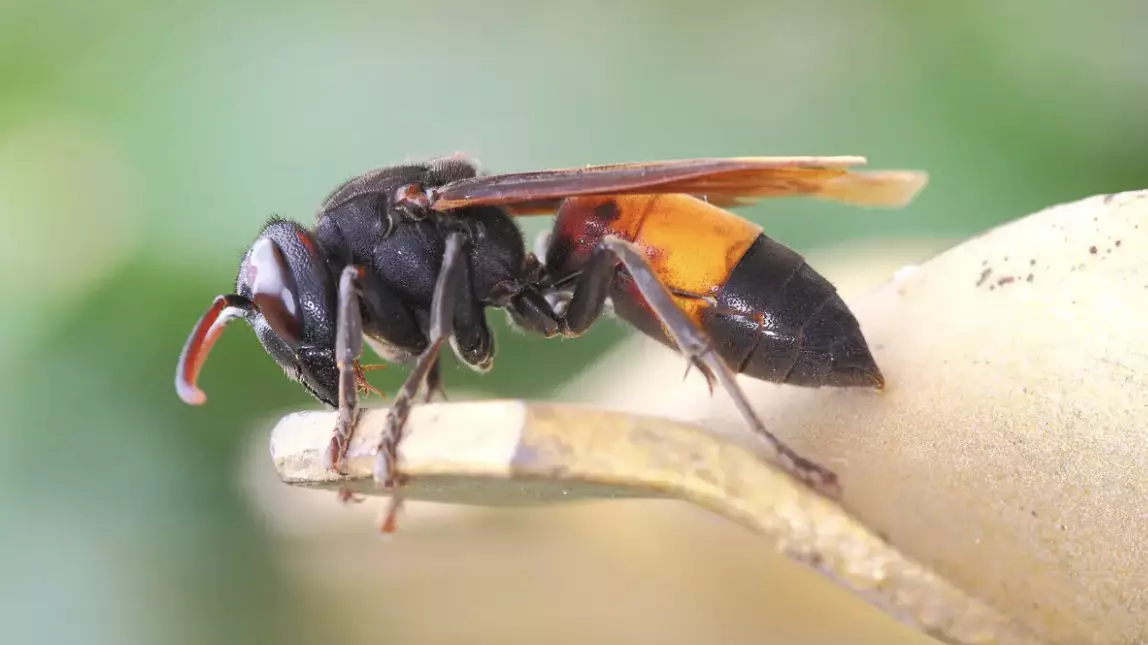
Experts have warned that killer Asian hornets could be on the rise this year, with 'record levels' of sightings of the species.
The hornets can deliver a powerful sting and eat 50 bees a day, as well as pose a threat to the environment, so it's concerning news.
A number of these hornets have already been spotted on the island of Jersey, in the Channel Islands, in 2021 so far. Jersey is considered a key battleground in stopping the species invading mainland UK.
Advert
This year so far, a total of 63 queens have been spotted on the island, a number that is already close to passing the highest number of hornets observed in a single year.

In 2019, 69 hornets were found in total, so this worrying new development could be devastating to the UK's bee population.
Alastair Christie, Jersey's Asian hornet co-ordinator, said the figures were "slightly alarming" but urged people not to panic.
Advert
He said: "We are on track to surpass 2019 numbers, but trapping in 2019 was minimal and we are also a lot better at it now.
"So with the increase in trapping and the help from the public it stands to reason that we would find more. I am hoping that we have caught a greater proportion of the queens this year and that the number of nests won't be as high."

He continued: "I am optimistic that we are doing a good job of catching the queens."
Advert
The insects were first spotted in Jersey in 2016 and, so far, six nests have also been discovered.
Christie added that the first worker hornets would be emerging in the next few weeks, while a team of volunteers would begin to track their movements.
This, he added, would help form a "clearer picture" of how the rest of the year could play out.
The species can be identified by their darker colour, a yellow/orange band across their lower end, a bright pale-yellow belt at the waist and the yellow lower half of their legs.
Advert
The species began to spread through Europe in 2004, after arriving in the south of France inside a freight ship.
They were then spotted in the British Isles on the Channel Island of Jersey in late 2016, and now the battleground has shifted to southern England, with calls for a 'People's Army' to help fight off the impending invasion onto mainland Britain.
We really hope these hornets can be contained.
Featured Image Credit: Shutterstock